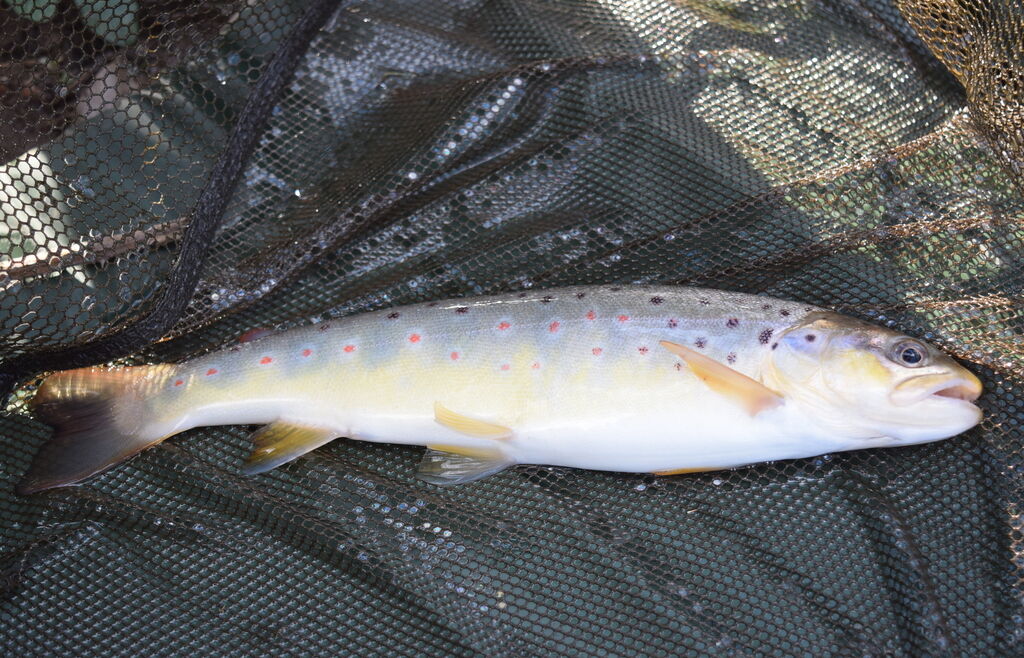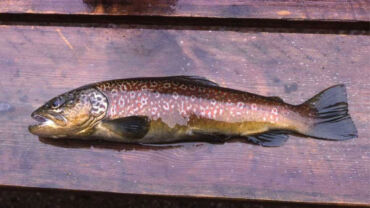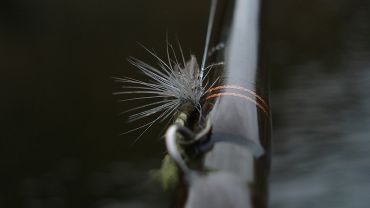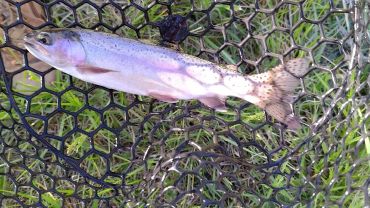If you have ever stood by a river, stream, or lake and watched the calm surface, you’ll know that regardless of how peaceful or quiet it looks on top, there’s a whole world of activity happening below the surface. And lurking just below that freshwater surface, there’s a good chance that there’s a hungry trout cruising the water looking for something tasty to eat, but what?
With so many trout living in rivers, streams, and lakes, it’s easy to fall into the trap of thinking that catching a trout will be easy. However, there’s a lot more to catching a trout than just throwing any old bait in the water and waiting for it to swim by and eat it.
In order to catch trout, you need to decipher their habits, what they like to eat, how they behave, and the locations that trout like to feed in. Once you know all of these factors, your chances of catching some trout, particularly a big trout, start to increase exponentially.
Regardless of who you ask, they’ll have a different time, location, or technique for catching trout, but there’s one thing that ties all great trout anglers together, the perfect trout bait. Choosing the right trout bait can mean the difference between an okay fishing trip and an excellent one, but let’s be honest, any time spent out on the water fishing for trout is a great day.
In the following guide to the best trout baits, we’ll cover:
If you love freshwater fishing and catching trout, then be sure to check out our article How to Fish for Trout in a River: Proven Tips and Techniques which covers everything you’ll need to know in order to land trophy-sized trout in rivers and streams.
When it comes to bait fishing for trout, particularly in water or areas that you’re unfamiliar with, Fishbox App, a premium fishing spot app, could be the perfect angling accompaniment for you! Thanks to the advanced technology used by the Fishbox App, you’ll know the best time to go trout fishing and when you’re better off relaxing at home and getting your fishing tackle or boat ready for your freshwater adventure.
Get your personalized fishing map
Answer a quick quiz and get your own personalized fishing map
Expert Opinion on Best Bait for Trout
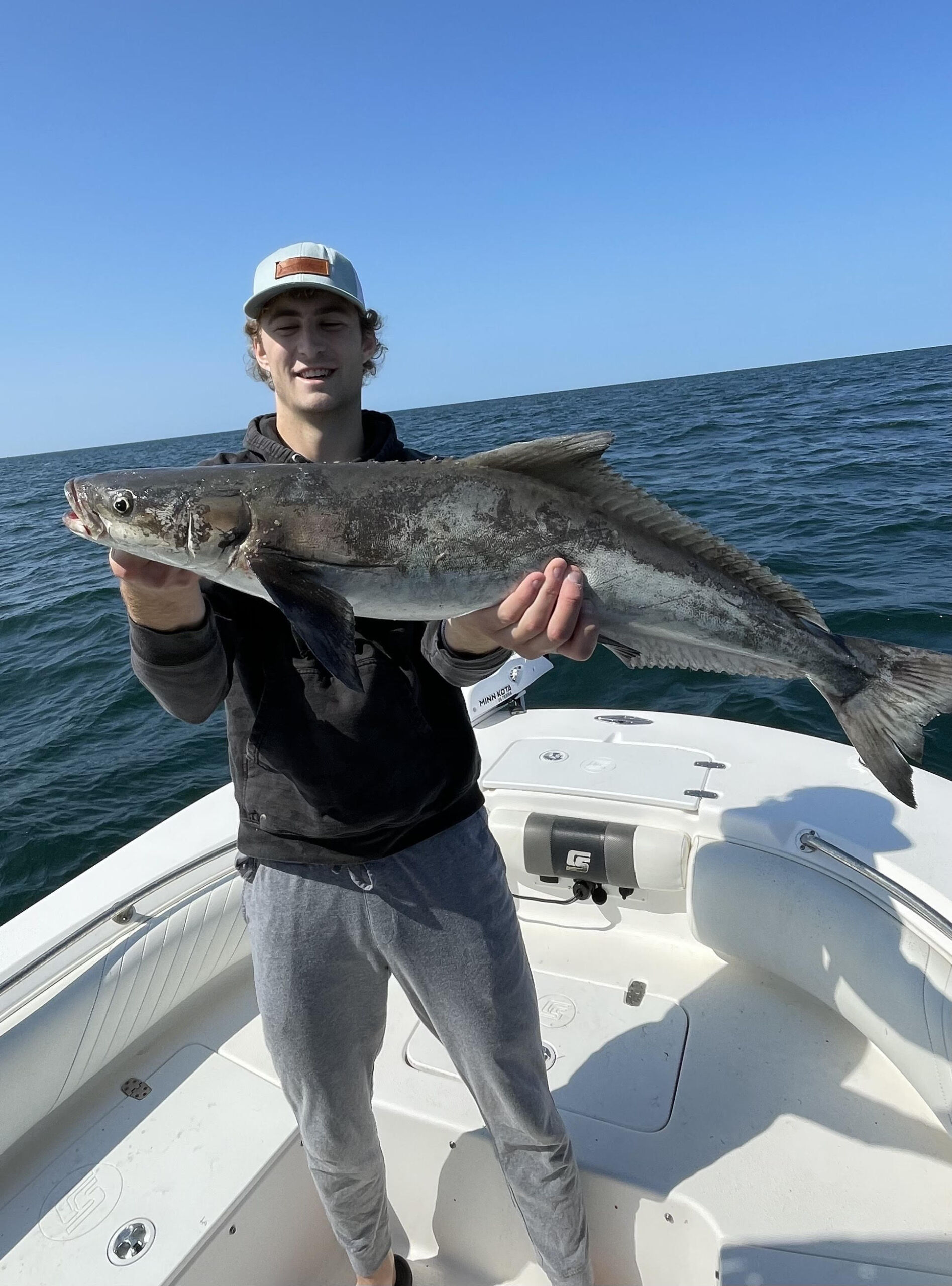
Pierce Latta
16 years fishing experience
“As the article starts, I love how we immediately dive into the common misconception that you can’t just throw any bait at trout. I feel like a lot of people have this misconception that trout are really dumb fish. Yeah, sure, maybe if you’re fishing in a stocked trout pond, the trout are stupid, but if you’re fishing in the wild for trout, you will quickly realize they are very smart fish.
Just like in other articles, we start with a brief section about the importance of understanding trout behavior. I simply cannot emphasize this point enough. You have to step into the shoes of the fish, or else you will never be able to be the best angler that you can be.
To this same point, you have to also know your environment and what the fish are foraging on. Every time I go fishing for trout, I will almost always take a second and look at the bugs on the surface or flying above the water.
In addition, I will also turn over rocks to see what is hatching in the water, as this is often what the trout are eating naturally.
From there, you’re going to want to try and replicate those bugs because that is what the trout are likely already eating.
Following the section about the importance of forage, the author goes into detail about how the bite is affected by various factors, including color and seasons.
This is where the Fishbox app can actually help a ton. The Fishbox app helps identify some of these factors for you already which gives you a little bit less to think about and debate.
For example, Fishbox goes ahead and analyzes weather factors in the selected spot. This means that you have one less variable to worry about, and thus, you can experiment more with what you are fishing with.
This being said, I would encourage you to download the app and use it to your advantage. We then get into the meat of the article, where we talk about the actual baits for trout.
First, we get a section on live bait. For me, this was super interesting to see because I never fish live bait for trout. I almost exclusively fish with flies, so it is interesting to get more perspective on the different ways to fish for trout.
In the next section, we get even more details about trout bait regarding artificials this time. The article then closes with two crucial sections: top baits for trout fishing and tips and techniques to better fish for trout using bait.
I plan on utilizing both of these sections in order to try some new tactics for trout fishing with bait. I know fly fishing can be successful, but it is fun to mix it up every once in a while and try something new.
I hope you guys found this article as interesting as I did and as always, good luck and tight lines.”
Visit his Instagram profile.
Subscribe to his YouTube channel.
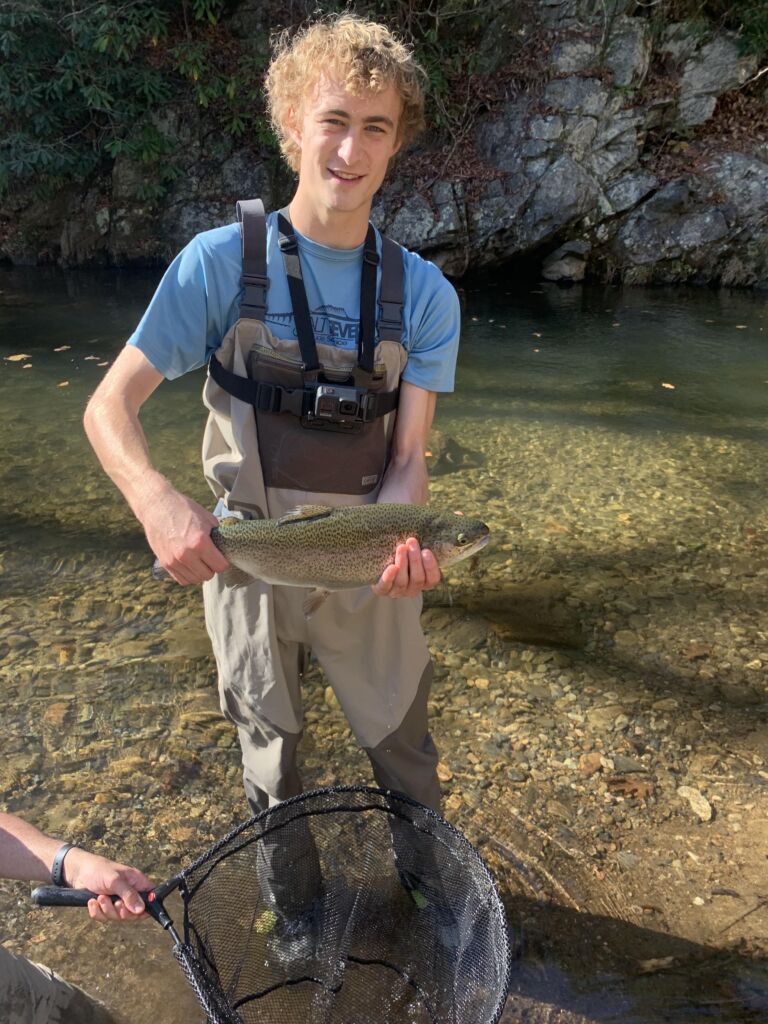

Understanding Trout Behavior
There’s no denying the beauty and elegance of trout, and the more you learn about them, the easier it will be to catch them. In the following section, we’re going to jump straight into learning about trout, their behavior, and much more.
Understanding Trout Behavior and What It Means
While trout can be abundant in numbers, their feeding habits and how they act in the water are also elusive at the same time. There could be hundreds of trout lurking just below the surface, but if you’re using the wrong bait or fishing in the wrong area, they’ll ignore your line completely while someone fishing right next to you bags out.
Trout are predominantly sight or visual hunters. They rely a lot on their eyes to see their prey. Their diet consists predominantly of smaller bait fish, insects, and crustaceans. In clear water, they can be a little bit fussy or standoffish with how they feed, so if you’re predominantly fishing in bodies of water that are clear, you’ll need to not only be patient but also bring your top game.
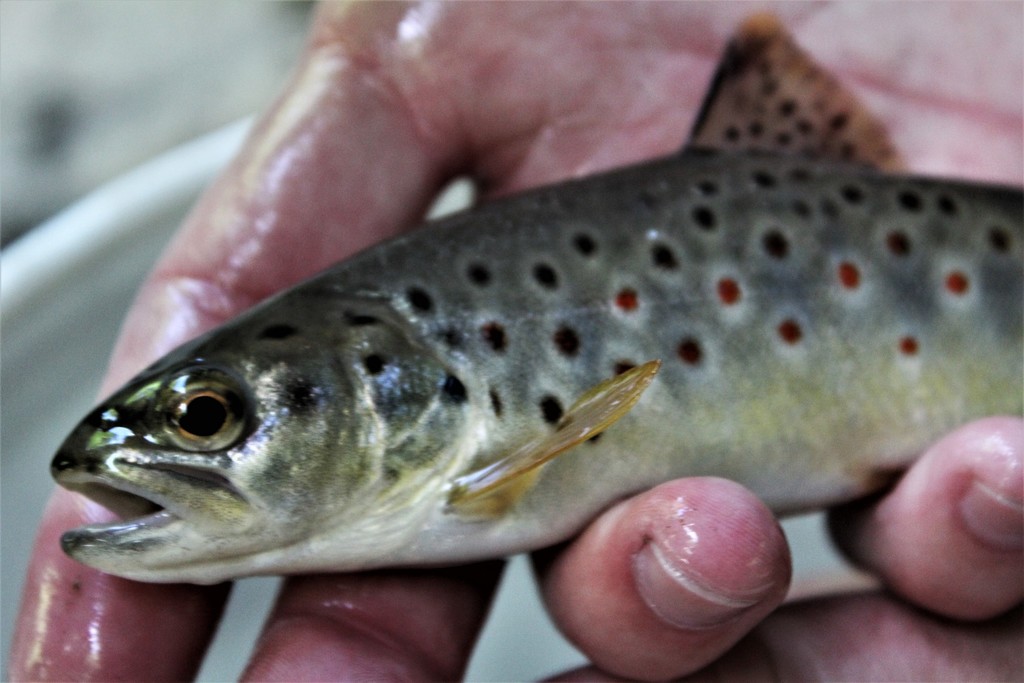
The Importance of Local Forage
The first thing any new angler should learn, and this isn’t exclusive to anglers targeting trout, is to match the hatch. Take a few minutes when you arrive in any new area to look around and see if you can spot what trout are predominantly feeding on.
In smaller streams, insects like caddisflies, stoneflies, and mayflies make up a lot of the trout’s regular diet. In larger lakes and reservoirs, trout are more likely to feed on small minors and chubs as there will be more baitfish in these bodies of water.
Vibration, Scent, and Sight Appeal
Rainbow trout and brown trout have excellent senses of smell. They still rely heavily on their eyesight, but in low light conditions and cloudy or murky water, they will also use scent to find their prey. Along with sight and scent, vibrations can also be an attractant to hungry trout cruising a lake or river.
Color Matters
Depending on the water, depth, and time of day, the color of your bait will play a significant role in your bait choice and how trout perceive it. In deep water, some colors are going to be a lot different than how they’re perceived in shallow water. An excellent example of this is red. In shallow water, red is bright and vibrant, but in deep water, it will appear dark, dull, and muted.
Research, along with anecdotal evidence from experienced trout anglers, suggests that trout respond well to bright colors like white, orange, and chartreuse, especially when you’re fishing in clear water. If you’re fishing in cloudy or murky waters, you want to go with darker colors.
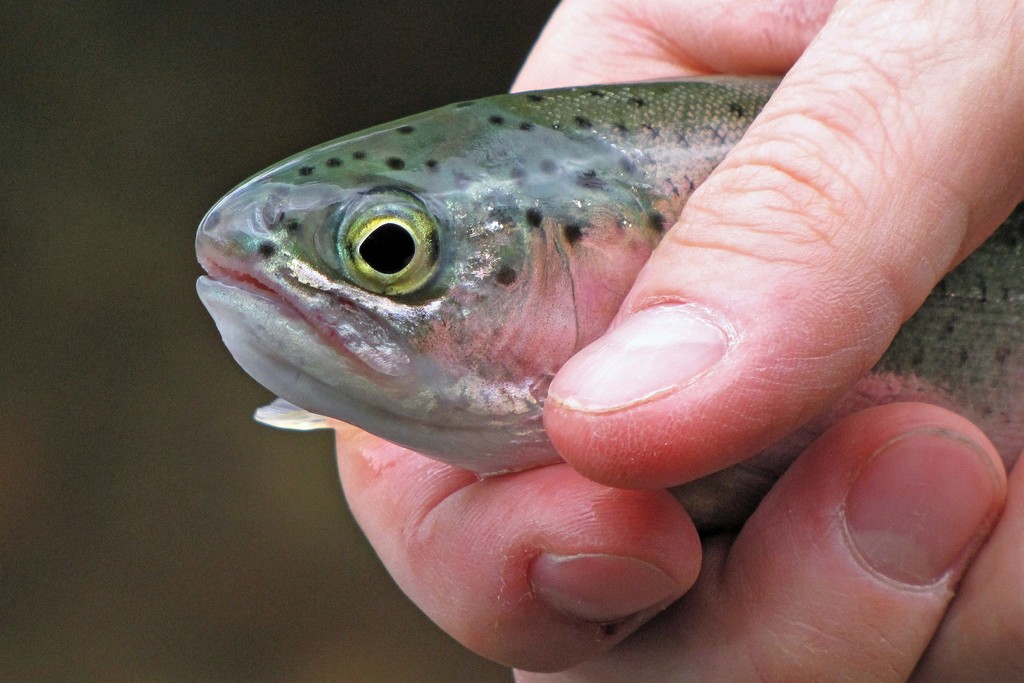
Seasons and Their Effect
Like all fish species, the seasons play an integral role in the feeding habits of trout. In colder months, trout will be more attracted to easy meals, allowing them to conserve more energy, which means that they won’t have to feed as often.
When the weather starts to improve, and the water starts to get a little warmer, trout are going to be more active and aggressive in not only how they feed but what they feed on.
Read also: How to Catch Trout: Tips and Techniques for Successful Trout Fishing
Types of Trout Bait
At a fundamental level, fishing is about mimicking or copying the natural environment of the target species and putting a bait or lure in front of them that they won’t hesitate to eat.
Trout, as an opportunistic feeder, can be fussy about what they choose to eat. So, it’s essential that your bait, whether that be real or artificial, has to reflect the food in its natural environment.
By observing the local area where you’re planning on fishing, you should look for clues to what trout are eating and then mimic that with your bait selection.
Live Baits for Trout
In this section, we’ll look at some of the best live bait for trout.
- Earthworms – Earthworms and nightcrawlers have been a bait of choice for freshwater anglers, including anglers chasing trout. Nightcrawlers are very effective in deep water, while in shallow water, you want to try smaller red worms.
- Grasshoppers and Crickets – While they live on the land, plenty of grasshoppers and crickets inadvertently find themselves in the water, and trout love to eat them. Both crickets and grasshoppers splash and kick on the surface, which quickly attracts the attention of any nearby trout.
- Minnows and Baitfish – Trout can’t pass up a delicious minnow or baitfish that strays unwittingly into their path. Large trout, in particular, are prime candidates for baitfish and minnows. However, how you hook them plays a big part in how realistic they’ll look on the line and how appetizing trout will find them. Hooked through their lips, baitfish stay alive and active for longer. When you hook through the back, they mimic an injured or vulnerable fish.
- Salmon Eggs – During spawning season, salmon eggs are on the menu for hungry trout, particularly rainbow trout, which appear to love them. The scent they release, and their visual appearance are particularly attractive to hungry trout and should be your bait of choice during the salmon spawn.
- Leeches – Leeches aren’t always the number one bait for trout anglers, but they are a game-changer in certain situations. While they aren’t the most active baits, their slow and steady wriggling in the water can instantly flick a switch for a trout cruising by and, because of their size, make a tasty treat for big trout.
Artificial Lures
In this section, we’ll cover artificial lures, including spinners, spoons, soft plastics, and jigs.
- Spinners – Spinners present trout with both reflection and movement, mimicking small minnows and baitfish. The rotating blade of a spinner creates not only vibrations but also signals that trigger trout to strike. Spinners often include other visual features, such as feathers, cloth, and threads, which add to their appeal.
- Spoons – Spoons are created and designed to mimic a wounded bait fish. They offer a unique wobble or movement in the water, which trout often find irresistible. The key to using spoons successfully is to match the size and color of the bait fish in the area.
- Soft Plastics – Compared to spoons and spinners, soft plastics are the new kids on the block, but it doesn’t make them any less effective. Along with the fact that soft plastics are cheap and extremely versatile, they’re also deadly on big trout.
- Jigs – Jigs are very effective on trout and offer anglers the ability to fish effectively at all depths, so it’s always a good idea to have one ready in your tackle box. The added visual attraction of a fur or feather, along with their vertical movement through the water, is a great way to catch trout in large bodies of water such as dams, lakes, and reservoirs.
Read also: The Ultimate Guide to Jig Fishing: Tips, Techniques, and Best Practices for Beginners
Top Recommended Baits for Trout Fishing
In this section, we’re going to be looking at our personal top five trout baits and why they’re so effective at catching big trout.
- Live Insects and Bugs – Trout are always cruising around looking for something to eat, and seeing a kicking grasshopper or crawling beetle is always going to be irresistible to these opportunistic feeders. Live insects can be hard to source at times and challenging to rig, but a big grasshopper or cricket kicking and splashing on top of the water is almost irresistible to any trout anywhere in the area.
- Crawfish Lures – Big trout love crawfish, and seeing a crawfish trying to scoot along the bottom, kicking up mud as it moves along, is something a trout will find hard to resist. Try alternating how you jig your crawfish and try casting it into cover to lure out a hungry trout.
- Minnows – Small minnows and baitfish are perfect food for a hungry trout. When choosing your minnows or baitfish, it’s essential to match color and size with the baitfish in the area you plan on fishing.
- Fish Eggs – Trout love fish eggs, especially salmon eggs, during their spawning season. An egg loop knot will help keep the salmon eggs on your hook, is great for casting, and during the salmon spawn, it’s almost a guarantee of success! You’ll catch trout on fish eggs year-round, but during the salmon spawn, they’ll be a lot more abundant, with hungry trout on the lookout for these delicious little morsels.
- Soft Plastics – Soft plastics such as Berkley’s Powerbait are not only effective at catching trout, they’re convenient too and a packet can be thrown into your tackle box ready to be used at any time. They can be fished as both a bait and a soft plastic jig or lure, which makes them not only convenient but also versatile, and their low price makes them a great choice.
Tips and Techniques for Using Trout Bait
Below are our best tips and techniques for getting the most benefit out of the baits and lures we’ve covered above:
Multi-Bait Rigs
Just because we often see people fishing with one bait, it doesn’t mean that you can’t mix it up and use multiple bait at the same time. By using a multi-bait rig, you can present more than one option to a fish, and you’ll quickly determine if one bait is performing better than others. An excellent example of this would be combining an earthworm with a few salmon eggs presented on a multi-hook rig. The combination of the visual, scent, and movement will make it hard for cruising trout to resist if they’re in the area.
Scented Lures and Soft Plastics
Artificial lures, jigs, and soft plastics have come a long way in the last decade, and many often come either presented in the packet or have optimal scents available for you to purchase and apply at your own discretion. These lures combine a natural look, feel, scent, and movement to present an irresistible attractant to fish, especially when you match the lure to fish in the local area. In dark or cloudy water, where trout are relying more on their sense of smell, scented lures or soft plastics might be the game-changer you need.
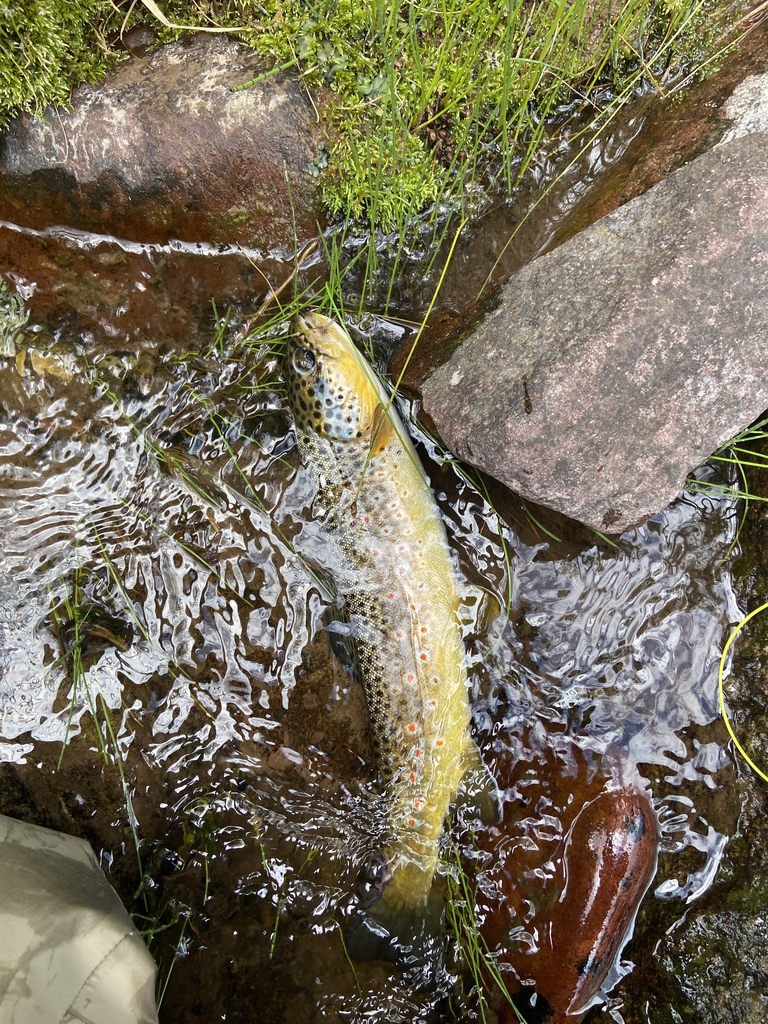
Adjust for the Season
Like almost all fish, trout’s behavior will change depending on the weather, temperature, and season. During the cold winter months, trout are going to be less active, but they venture closer to shore in the shallows, where the water is warmer. During summer, trout are generally more active, but during the hottest part of the day, they’ll seek out deep water where it’s cooler, so catching them in the morning or evening when temperatures aren’t at their hottest will be more effective.
Conservation-Minded Angling
Catch and release-fishing is getting more and more popular, particularly among trout anglers. If you’re planning on catching and releasing your trout, then you want to make it as stress-free as possible on the fish. Consider using circle or barbless hooks which make it less damaging to the fish. While we’re on conservation, consider using locally sourced baits, both live and fresh, to help prevent the spread of disease or the danger of introducing new fish species into the water they’re not always found in.
Read also: Minnesota Fishing Seasons: Your Comprehensive Guide
Best Bait for Trout: A Complete Guide | Conclusion
If you know the best bait to use when you go trout fishing, your chances of catching a big trout or feeding your family are going to be much higher. By learning and understanding trout behavior, the different types of trout bait, the most highly recommended trout baits, and the techniques to use them, you’ll be in a much better position to catch a great fish.
When you go trout fishing, it’s essential to follow all local regulations and guidelines, including size, season, and bag limits issued by the state’s fish and game department. By being responsible anglers, we can all do our part to ensure that future generations of anglers can enjoy the same, if not better, fishing opportunities that we enjoy today.
Regardless of where you’re planning on going trout fishing, the premium fish forecasting application Fishbox App will put you in the perfect position to land some excellent fish by analyzing weather and water conditions along with input from local anglers about local hot spots. The Fishbox App utilizes accurate weather, tide, and fishing conditions to predict the best time to get out on the water to catch your target species.
Get your personalized fishing map
Answer a quick quiz and get your own personalized fishing map
Have you got a favorite bait you love to use when you go trout fishing that we didn’t cover above? Drop a comment below! We’d love to hear your feedback, and your tips and tricks could be just what a fellow angler needs to turn their luck around and catch their first trout.
